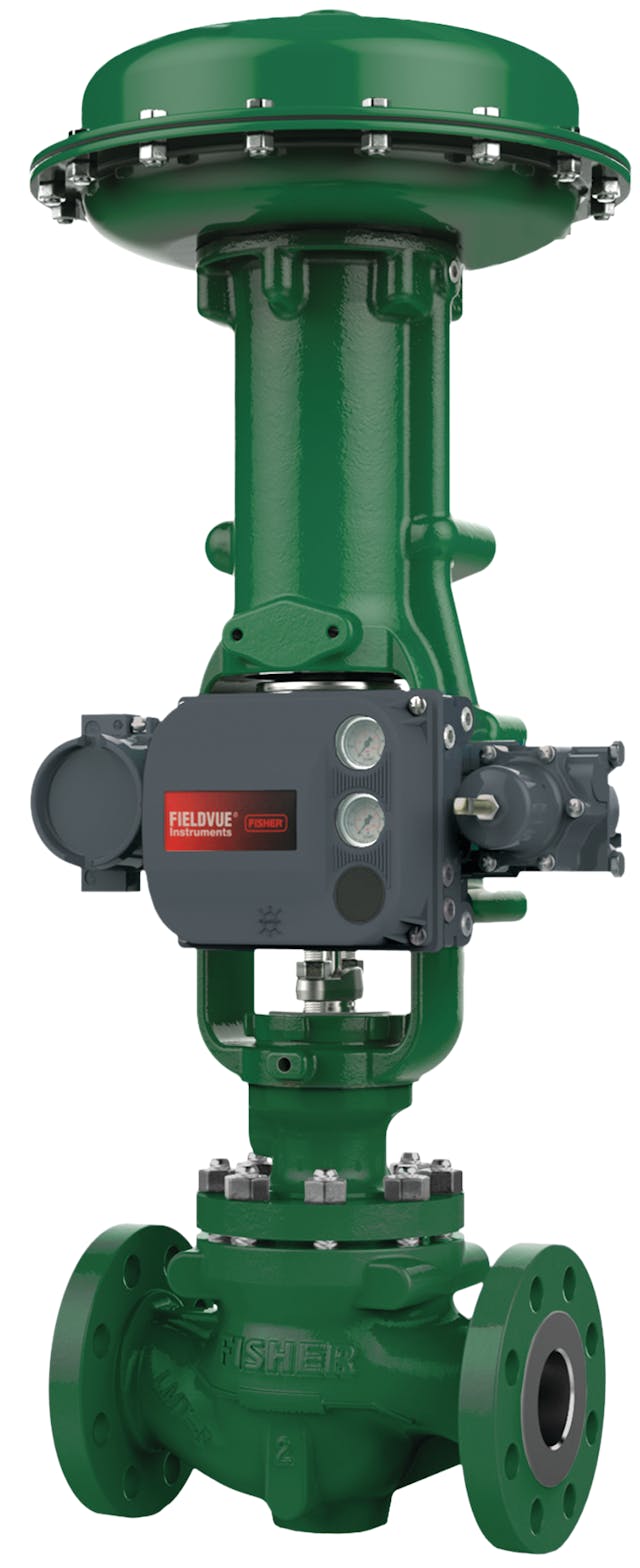How Control Valves Effect Energy Efficiency in Industrial Settings

Maximize Energy Financial Savings and Convenience With Advanced Building Automation Controls
In the realm of contemporary architecture and facility monitoring, the combination of innovative structure automation controls stands as an essential development. By taking advantage of the power of automation, structures can adapt, respond, and progress in means that were once unthinkable.
Power Efficiency Advantages
Energy effectiveness benefits can substantially reduce power intake and functional costs in structures. Energy-efficient systems, such as innovative building automation controls, can enhance the use of resources like lighting, cooling, and home heating, leading to reduced energy expenses over time.
Additionally, enhanced power effectiveness can lengthen the lifespan of structure equipment and systems. By running extra effectively, a/c systems, lighting fixtures, and other structure components experience much less deterioration, resulting in lowered maintenance and substitute expenses. In addition, energy-efficient buildings typically regulate higher home values and rental rates, giving long-lasting financial advantages to owners.
In addition, power efficiency can improve occupant convenience and productivity. Properly managed indoor atmospheres with optimum lighting and thermal problems create a more helpful and pleasurable workspace, bring about improved staff member satisfaction and performance. Overall, the power efficiency benefits related to sophisticated building automation controls are diverse, incorporating cost savings, environmental stewardship, and passenger health.
Enhanced Comfort Control
Enhancing comfort control in building atmospheres calls for an innovative integration of advanced automation systems for ideal passenger health. By making use of advanced building automation controls, facilities can tailor the indoor atmosphere to satisfy the specific needs and preferences of passengers. These systems enable specific regulation of ventilation, illumination, and temperature, creating a effective and comfy environment. Passenger contentment and performance are carefully linked to thermal comfort, making it vital to have systems in location that can adapt to changing problems in real-time.
Boosted comfort control surpasses standard temperature adjustments. It consists of functions such as customized setups, tenancy sensors, and all-natural light usage to create a responsive and dynamic environment. By including these sophisticated controls, buildings can not only enhance convenience but additionally improve power efficiency by maximizing system operations based upon actual tenancy and use patterns. Ultimately, focusing on occupant convenience through sophisticated automation systems results in an extra satisfying and healthier interior environment.
Operational Effectiveness Improvements

Additionally, the execution of real-time tracking and analytics tools allows building operators to identify power ineffectiveness and operational anomalies immediately. By continuously monitoring energy usage patterns and system efficiency metrics, modifications can be made in real-time to optimize power consumption and make certain peak operational efficiency. control valves. In addition, incorporating demand feedback approaches right into building automation controls can even more boost functional effectiveness by dynamically readjusting power usage based on grid conditions and prices signals
Indoor Environment Optimization
Reliable interior environment optimization is a fundamental aspect of building automation controls, making sure owners' convenience and well-being click here now while maximizing energy savings. By using sophisticated sensing units and controls, constructing automation systems can continually adjust and keep track of temperature, humidity levels, air quality, and ventilation to produce an optimal indoor environment. Maintaining consistent and comfortable problems not only improves resident complete satisfaction however likewise increases productivity and overall health.
Interior climate optimization also plays an important function in energy performance. By fine-tuning home heating, cooling, and ventilation systems based on real-time data and tenancy patterns, developing automation controls can considerably reduce power usage - control valves. For example, applying approaches such as demand-controlled ventilation and thermal zoning can help decrease energy waste while guaranteeing that each area of the structure gets the necessary conditioning.

Sustainable Setting Creation
Structure automation regulates not just optimize indoor climate problems for power effectiveness and passenger comfort but also lay the structure for developing a lasting atmosphere through strategic management of sources and systems. By incorporating innovative structure automation modern technologies, such as sensing units, actuators, and smart software, facilities can keep an eye on and change energy usage in real-time to reduce waste and lower their carbon footprint. These systems allow anticipating upkeep, recognizing possible problems before they escalate and enhancing devices efficiency to enhance longevity and performance.
In addition, sustainable environment creation extends beyond power monitoring to include water preservation, waste reduction, and interior air quality renovation. Building automation controls can manage water usage, spot leakages, and guarantee correct waste disposal practices, adding to total sustainability efforts. Additionally, by regulating and monitoring ventilation and filtering systems, these innovations improve resident health and productivity while decreasing energy consumption connected with HVAC operations.
Conclusion
In final thought, advanced structure automation regulates deal considerable explanation advantages in terms of power cost savings, comfort control, operational performance, indoor climate optimization, and creating a sustainable atmosphere. By executing these controls, structures can accomplish optimum efficiency while reducing energy usage and enhancing passenger convenience. It is evident that making use of sophisticated automation innovation is critical in boosting structure performance and creating a more sustainable future.
Power efficiency benefits can considerably decrease energy usage and operational expenses in buildings. In general, the energy efficiency benefits associated with sophisticated my website building automation controls are multifaceted, encompassing cost savings, environmental stewardship, and resident well-being.
In addition, incorporating need feedback methods into building automation controls can further boost functional efficiency by dynamically adjusting energy use based on grid problems and prices signals.
Building automation regulates not only optimize indoor climate conditions for energy effectiveness and passenger convenience yet likewise lay the foundation for developing a sustainable setting with tactical monitoring of systems and resources.In final thought, advanced structure automation controls deal significant advantages in terms of energy cost savings, comfort control, functional performance, indoor environment optimization, and creating a lasting environment.